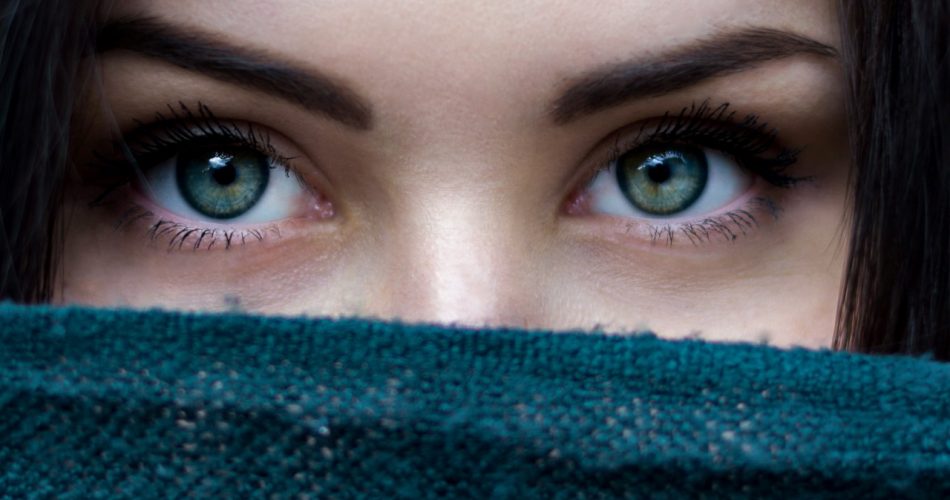Experts refer Myopia as nearsightedness. You can see the objects near you, but you cannot properly see objects that are not closer to you. It occurs when your eyes failed to properly project the image to your retina, refracting lights slightly away from it. Nearsightedness can run into your gene also can be a result of malpractice of your digital devices. As digital devices are mostly being used near to your eyes, it develops your eyes accordingly. Myopia can occur during childhood and adolescence, worsening it gradually or rapidly if not managed.
Signs and Symptoms
Symptoms for myopia include a blurry vision for distant objects. Eyestrain causes severe headaches. Most of the time, you tend to squint or partially close your eyes to see distant objects. You know it is time to see a doctor when you tend to sit closer next to your television or hold your smartphone close to your face. You might find out that you are unaware of many distant objects or activities.
How it affects you?
Living with myopia is difficult. No matter the situation, the eyes are the most important organ for your living and surviving outer world. Nearsightedness worsens your driving skill as you cannot see distant cars or obstacles. It worsens your school life and education as you may not see your projector or blackboard. Eyestrain can make your daily life and activities. You cannot go out in the sunlight like everyone else. It also a big financial burden for regular eye check-ups and lenses or surgeries.
A normal eye exam diagnoses myopia. It includes an eye health exam and refraction assessment. This particular assessment determines many other issues like farsightedness, astigmatism, and presbyopia. Myopia also includes regular check-ups for glaucoma, cataracts, retinal tears and detachments, and damages.
After that, your doctor is very likely to prescribe eyeglasses with the right power lenses, which are the most common myopia solution. You can also go for contact lenses, which are a bit expensive, varying on the type of contact lenses you choose.
What should you do?
If needed, your doctor may suggest a refractive surgery to reduce your issue. Surgery includes many types of the procedure from laser-assisted in situ keratomileusis known as LASIK surgery. Here your doctor makes a thin and hinged flap into your cornea. Then the defective cornea is being removed to flatten its domed shape. LASIK is the most common surgery for myopia. Also, Laser-assisted subepithelial keratectomy or LASEK is another type of surgery. In this surgery, the surgeon uses an Ultra-thin flap only in your cornea’s outer layer known as the epithelium. And then, they replace the epithelium after flattening it with a laser.
Conclusion
To control the further progress of your nearsightedness, your doctor may prescribe tropical medicine. Many doctors will suggest you spend tome outside and cut down on unnecessary usage of digital devices. Spending time outside will train your eyes to see distant objects more clearly. UV protected eyewear is a must to avoid eyestrain and headaches when you are exposed to sunlight. Eating healthy food is always a choice to keep your every organ healthy, not only your eyes. Also, do not smoke and avoid eye injuries. Use proper lighting during reading or physical work. And do check your eyes regularly.
Read our other article on Harmful effects of smartphones on kids
Check out our other blog posts here.
